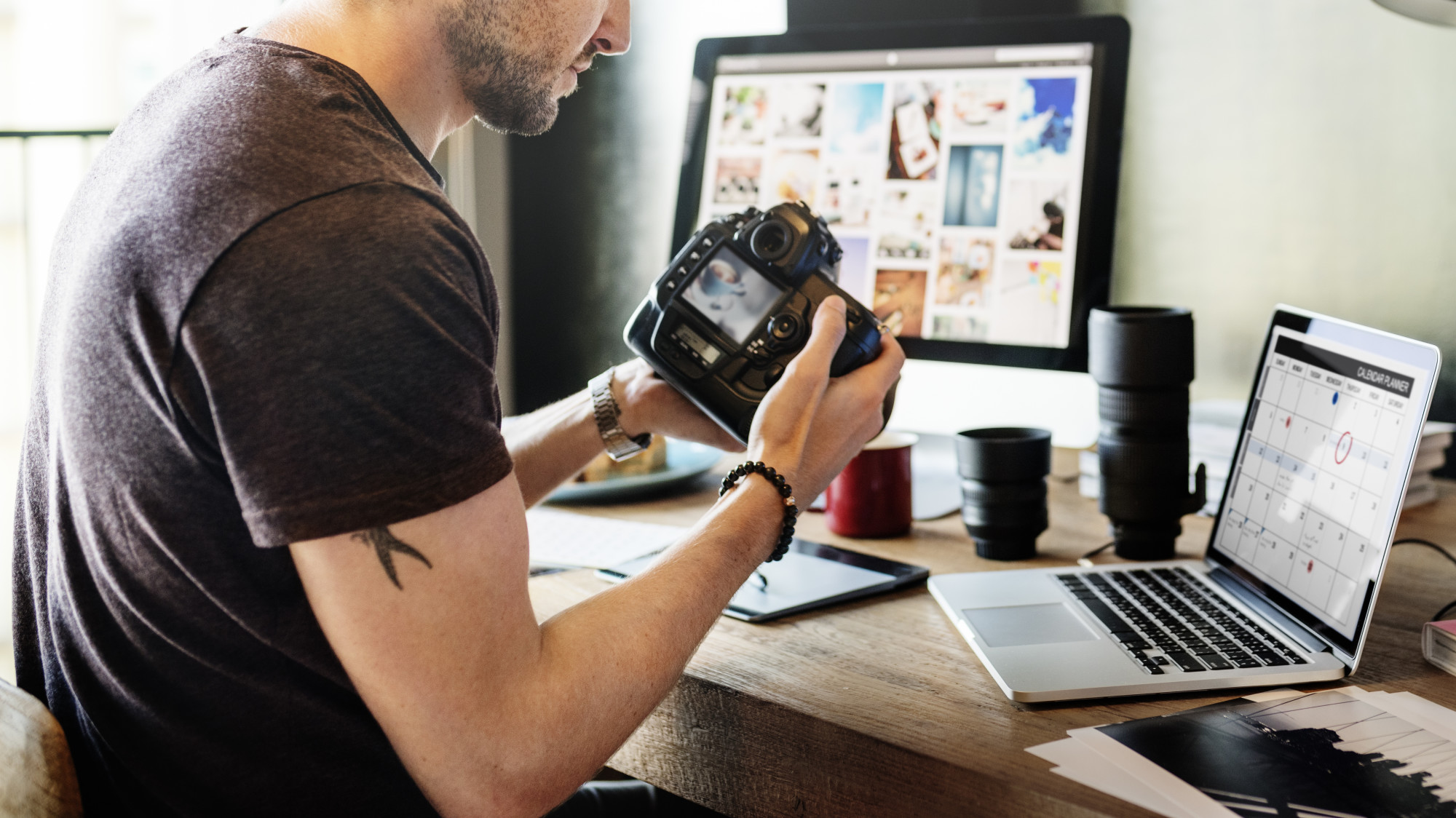A picture is worth a thousand words. Yes, even when that picture is on a computer.
We share 3.2 billion images every day. Some of them are photographs, others are landscapes, and others are paintings and drawings. But there’s one thing that connects hundreds of millions of images together: their file type.
The JPEG is one of the most shared types of files on the Internet. Yet it can be confusing. After all, there seem to be just as many JPGs as JPEGs.
Is there a difference between a JPG or JPEG? Here is your guide to find out.
The Basics of the JPEG
JPEG stands for “Joint Photographic Experts Group.” The Group is a subcommittee for the International Organization for Standardization (ISO). The members create standards for digital images, providing users with consistently high quality.
Most people who use the term refer to a file extension also called JPEG. It is a bitmap compression format, meaning that a photograph can be uploaded and converted into a digital image.
Digital cameras and photo-sharing devices use JPEGs. They support nearly 17 million colors. The format can support an image up to 65,535 x 65,535 pixels, but most files are smaller.
But the process is not perfect. JPEG compression can result in colors blurring in images with sharp edges.
The process is a lossy compression method. It creates a small image that loads quickly. But unnecessary information is eliminated, preventing the full image from being restored.
The Basics of the JPG
Many people think that JPG is separate from JPEG. But there are no differences between the two.
JPG exists because early versions of Windows limited file extensions to three letters. JPEG became JPG. UNIX and Mac did not have this limitation, so those users continued with JPEG.
New versions of Windows accept more characters in their file extensions. But many systems allow for JPEG to accommodate users who may get confused. These systems often allow the file to change either way.
Converting an Image to JPG
If you need to convert your image, you can do so easily. If you’re in Windows, start by opening the image. You can pick whatever photo app you are using.
Click the “File” menu, then click on the “Save As” command. A drop-down window will appear on your screen, and you can select JPG/JPEG. Pick a name for your file, then hit “Save.”
Mac OS comes with an app called Preview, which is an image editing program. Select your image in Finder and click on it.
The image should open in Preview automatically. If it didn’t, right-click on it and select “Open With.” Then find Preview from the scrolling menu.
Once Preview is open, click the “File” menu at the top of the screen. Click the “Export” command.
A window will pop up, allowing you to select a format. Select JPEG, then adjust the “Quality” slider to change the quality. Higher quality produces a bigger file but a clearer image.
You can change the name of your file in the “Export As” section. Then you can hit “Save.”
Using a Website to Convert
Some websites offer services that allow you to convert a photograph to a JPEG. You upload your image onto the site, then select your quality.
Some sites allow you to color your image or enhance it in some way. You can then convert the image to a JPEG, and it will upload onto your computer.
But you should be careful when using a conversion website. Some websites attach viruses that download onto your computer. You may suffer from malware or spyware.
Do not click on a banner ad that promotes a service for converting images. Research the website and authenticate that it is genuine. Install virus protection software just in case.
Other Image Formats
You may have heard of other kinds of image file formats. JPEG is the most popular, but plenty of people use other ways to compress images.
GIF stands for “Graphics Interchange Format.” GIFs are commonly used for web graphics, including animations. They are the second most popular image file format behind JPEG.
They are limited to 256 colors, far fewer than JPG. But they are easy to make, and they are easy to convert into formats like WAV.
PNG stands for “Portable Network Graphics.” It is a lossless format, meaning it loses no image information while compressing. Designers created PNG to improve GIF, supporting more colors and textures.
Unlike GIF, PNG does not support animation. MNG is an extension that can. But MNG is incompatible with most browsers, so GIF is best for animations.
TIFF stands for “Tagged Image File Format.” TIFF is also a lossless format.
This is ideal for high-quality printing, especially in a professional setting. But it can create very large files. When converting to a TIFF, make sure you have room on your computer to store it.
Bitmap is a format for Windows. It is a lossless format, creating very high-quality images. But its file sizes are bigger than TIFF, making TIFF a better option.
RAW images are unprocessed images. They are akin to a digital negative. They hold all image information, but they require processing in a photo editor.
Should You Choose a JPG or JPEG?
When you’re converting an image, you may ask yourself, “Should I choose a JPG or JPEG?” The answer is either one.
A JPEG compresses an image, producing a colorful and small file. “JPG” is simply an abbreviated way of writing “JPEG.” There’s no difference between the two.
Use the software on your computer to convert an image. Consider a GIF if you want an animation or a TIFF for high-quality printing.
Pick a website that converts your images without hurting your computer. Offdrive provides free and premium file conversion tools. Find your beautiful JPG today.
